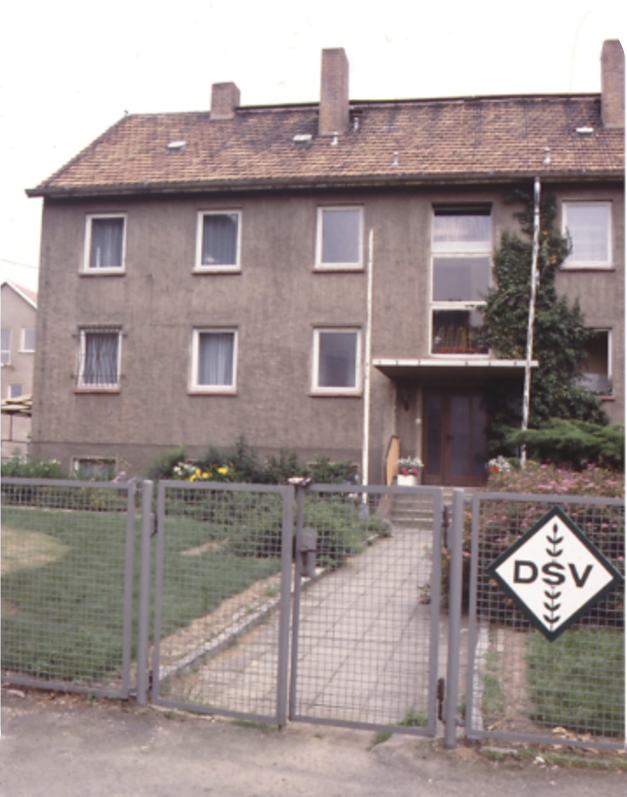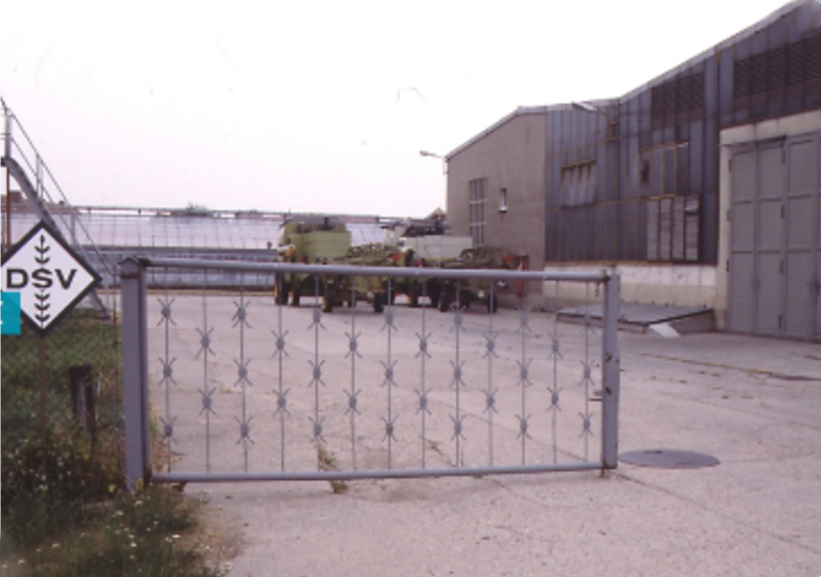The development of cereal breeding
1991
The foundation of DSV’s cereal breeding was laid immediately after the fall of the Berlin Wall with the purchase of the Leutewitz seed breeding station near Meissen. Leutewitz was one of the most traditional German breeding facilities, as the station's activities date back to 1826.
DSV continues to employ the former staff and invests intensively in the site and in the breeding programmes. In addition to the multi-row winter barley breeding already established in Leutewitz, an extensive breeding programme in winter wheat was launched in the same year. To ensure successful breeding, further breeding stations were set up in the important European markets and a Europe-wide, in-house testing network is established. This makes it possible to select environmentally stable and adapted varieties for all major cereal-growing regions in Western and Eastern Europe.
Today, DSV's central cereal breeding station is the Leutewitz seed breeding station. In addition, DSV maintains its own breeding stations in Terminiers (France) and Wardington (Great Britain), where cereal breeding is also carried out. Terminiers is located in the main winter wheat growing area in the Beauce, between Paris and Orleans. Here, the focus is on developing early-maturing wheat varieties for continental climates in Europe, as well as testing breeding material from winter oilseed rape and multi-row winter barley breeding. Wheat varieties are selected for the English market, but also for the maritime climate area (northern France, Benelux, Denmark and northwest Germany) at DSV's Wardington seed breeding station in the UK.


